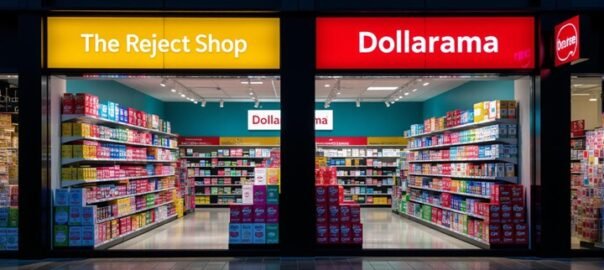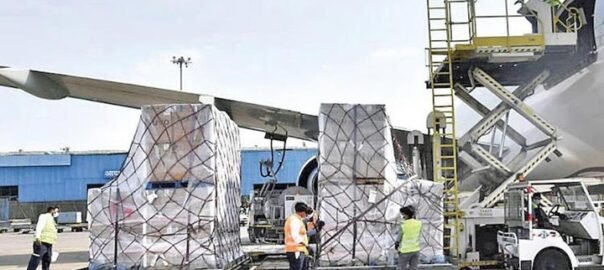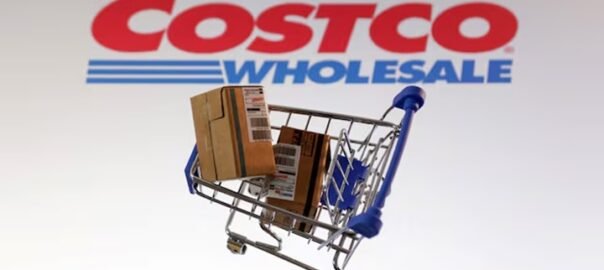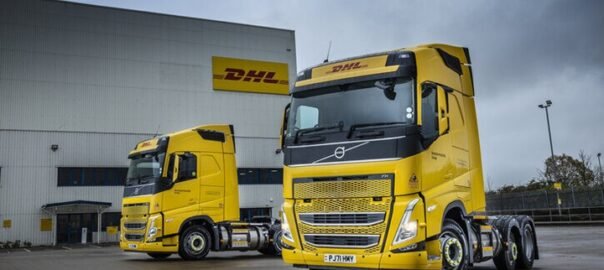Coca-Cola’s (KO.N) quarterly estimates beat expectations, the company said Tuesday, boosted by higher prices even as volumes dropped in key markets, while the company said it would introduce a Coke product made with cane sugar in the United States.
Higher prices offset slippage in volumes, which fell 1% after rising 2% each in the previous two quarters, largely due to declines in key markets such as Mexico and India, as well as in its Coca-Cola brand in the U.S. Excluding items, the company earned 87 cents per share, beating estimates of 83 cents.
Demand for pricey sodas has remained choppy in recent quarters, especially in wealthier countries, with lower-income consumers turning more price-conscious.
Food companies are seeking healthier substitutes as they respond to Health Secretary Robert F. Kennedy Jr.’s Make America Healthy Again campaign. Last week, President Donald Trump said Coca-Cola had agreed to use real cane sugar in the U.S.
Coca-Cola is looking to use “the whole toolkit available of sweetening options” where there is consumer demand, CEO James Quincey said on a post-earnings call. The company said such a product would “complement” its existing products.
Rival PepsiCo (PEP.O) which topped quarterly earnings estimates last week, also said it would use natural ingredients if consumers wanted them.
Coca-Cola already sells Coke made from cane sugar in other markets, including Mexico, and some U.S. grocery stores carry glass bottles with cane sugar labeled “Mexican” Coke.
Sean King, an analyst at Columbia Threadneedle, said the company already uses cane sugar in its other brands.
On the call, Quincey said the company uses cane sugar in some of its lemonades, coffees and its Vitamin Water brand.
While there are some slight differences between cane sugar and corn syrup as sweeteners, experts have said too much of either is not good for consumers.
However, the switch to cane sugar will also drive up costs, including significant adjustments to supply chains, industry analysts said. Higher-priced goods might also stretch consumer budgets, as Quincey said North America volumes fell “due to the continued uncertainty and pressure on some socioeconomic segments of consumers.”
Coca-Cola reiterated that the hit to costs due to “global trade dynamics” remained manageable. About 61% of its revenue comes from overseas markets.
The company has said it would look at affordable packaging options such as plastic bottles when Trump imposed a 25% duty on aluminum imports. As of June, tariffs on aluminum imports have hit 50%.
HIGHER PRICING OFFSETS VOLUME HIT
The company’s comparable revenue rose 2.5% to $12.62 billion in the three months ended June 27, beating estimates of $12.54 billion, according to data compiled by LSEG.
Quincey said a boycott-related hit to demand in the U.S. and Mexico was now largely resolved.
North America volumes fell in the first half of the year, mostly due to Hispanic consumers in the U.S. and Mexico boycotting Coca-Cola’s legacy brands after a viral video of the company laying off Latino staff and reporting them to Immigration and Customs Enforcement (ICE).
Reuters in February found no public evidence that the company had reported its migrant employees to ICE.
Prices rose 6% overall in the second quarter, led by increases in some inflationary markets.
“While (the U.S. cane sugar product launch) made headlines, the real story is that growth was due more to increased price changes and not volumes sold,” said Jay Woods, chief global strategist at investment banking firm Freedom Capital Markets.
Annual comparable earnings per share is expected to be near the top end of its target of a 2% to 3% rise, helped by a weaker dollar.
Coca-Cola Zero Sugar was a bright spot, with volumes jumping 14% on growth across all geographies.
Coca-Cola’s shares were down 0.6% at $69.61 in afternoon trading.
Author Credits- Juveria Tabassum
Reuters










